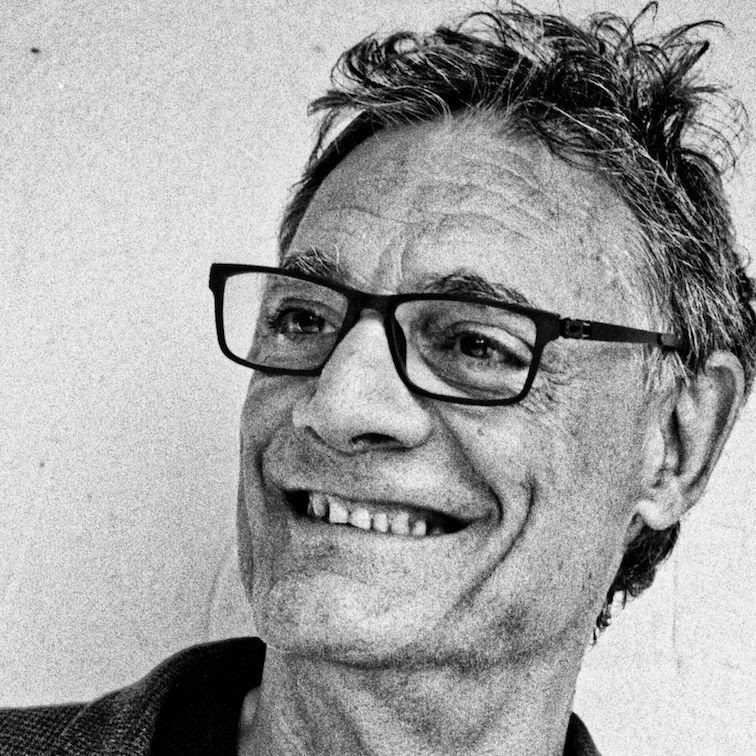Eight Movements
In-depth course
Part of our Teacher Training, this unique course is open to all—no prior experience needed.
Discover the Power of Breath and Movement
What is Yantra Yoga?
Yantra Yoga is one of the oldest and most profound systems of yoga in the world, rooted in the Tibetan Buddhist tradition. Unlike many modern yoga styles, it integrates movement and breath in a precise and dynamic way to harmonize the body’s energy and awaken awareness.
Its Origins
Yantra Yoga originates from the ancient text The Union of the Sun and Moon, transmitted by the 8th-century master Vairochana and preserved through centuries in an unbroken lineage. It was introduced to the West by Chögyal Namkhai Norbu, who received it through direct transmission and made it accessible for contemporary practitioners.
Its Unique Features
What sets Yantra Yoga apart is its emphasis on the synchronization of breath and movement. Each sequence of postures is coordinated with specific breathing patterns and holds, designed not only for physical benefit but to bring clarity, balance, and awareness to the practitioner. The method includes preparatory exercises, pranayama (breath control), and sequences of yantras (movements).
Who It’s For
Yantra Yoga is suitable for anyone interested in using the body and breath as tools for personal transformation. Whether you’re a beginner looking for a grounding practice or an experienced yogi seeking a deeper energetic understanding, Yantra Yoga offers a rich and embodied path.
Bibliography (click to expand)
– Chögyal Namkhai Norbu, Yantra Yoga: The Tibetan Yoga of Movement. Snow Lion Publications, 2008.
– Chögyal Namkhai Norbu with Fabio Andrico, Tibetan Yoga of Movement: The Art and Practice of Yantra Yoga.
– Elio Guarisco, Phuntsog Wangmo, Healing with Yantra Yoga, From Tibetan Medicine to the Subtle Body
What are The Eight Movements
The Eight Movements or Lunsang (meaning “purifying the prana”) are the key to harmonizing and reshaping habitual breathing patterns. They are one of the three sets of preliminary practices beloning to Yantra Yoga.
Each of them are named after the fundamental aspects of breathing it trains: slow inhalation, open hold, directed hold, quick exhalation, quick inhalation, closed hold, contracted hold, and slow exhalation.
Purpose of the Eight Movements
These movements have the very specific goal of training and developing four different ways of inhaling and exhaling and, especially, four different ways of holding the breath*
Benefits of the Eight Movement
Coordinating the inhalations, holds, and exhalations with the count is a fundamental tool for harmonizing the way our breath, and thus our energy, functions. Our energy becomes balanced and relaxed, and our vital life force strengthens.
Bibliography (click to expand)
Fabio Andrico: Lungsang, Balance Your Energy, 8 movements of Yantra Yoga to purify Prana

The teacher
Fabio Andrico is a senior Yantra Yoga instructor authorized by Chögyal Namkhai Norbu. Fabio began studying and practicing yoga in Italy. In 1977, he traveled to India, where he studied the Sivananda Hatha Yoga tradition. During a retreat in Prata, Italy, in 1978, he met Chögyal Namkhai Norbu, became his disciple, and received direct instructions on Yantra Yoga. He soon started teaching Yantra Yoga in a center of the Dzogchen community in Naples, Italy, and continued to do so around the world. In 1984, he was officially authorized to teach Yantra Yoga, and in 1994, he was also authorized to train Yantra Yoga teachers. He has been doing so for many years worldwide.

Course details
- This course is open to everyone (No prior experience of Yantra Yoga)
- Learn the Nine purification breathings and the Rhythmic breathing
- In-depth learning of the eight movements
- Access to one month replay
- Lead by one of the two senior instructors of Yantra Yoga
- Schedule
Course schedule
Tenerife time / GMT +1)
9:30 – 11:30 am
3:30 – 5:30 pm
Join the course!
Dates: April 28th to May 2nd
Format: Onsite & Online (Zoom)
Donation: 100€
No one will be turned away due to lack of fund. If you are unable to pay the full amount, please offer what you can — your presence is what matters most.
Languages: English, with Spanish and Russian simultaneous translation.
